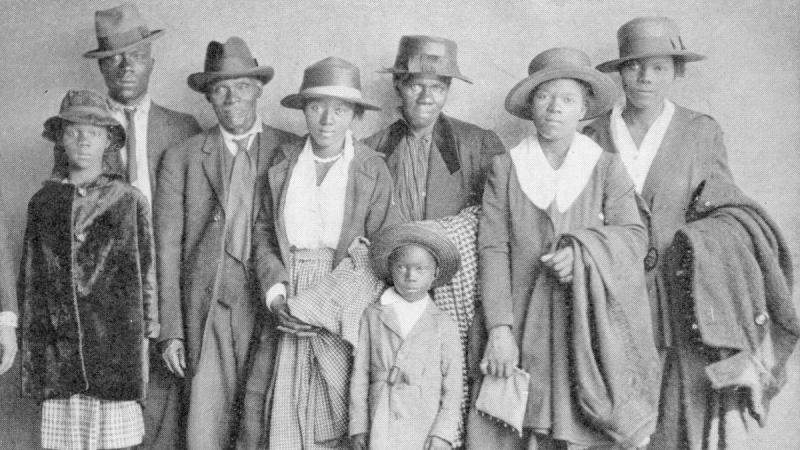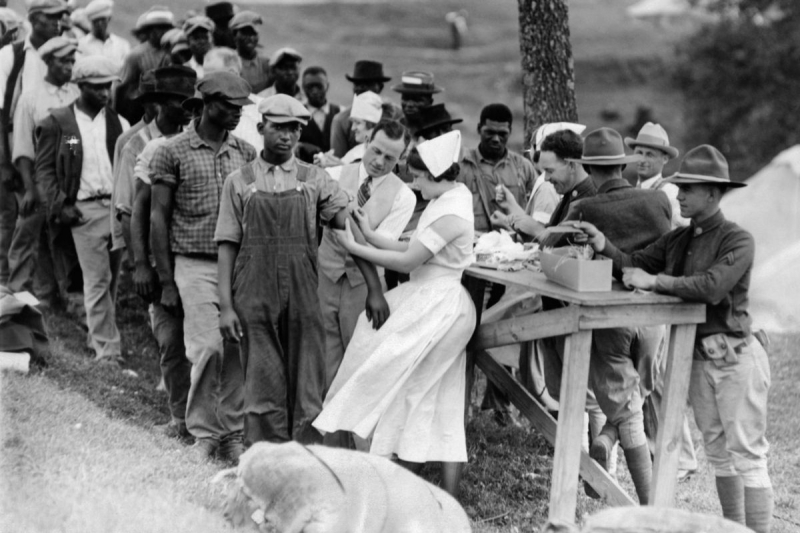World War I and the South's dwindling economies partly contributed to the Harlem Renaissance
World War I and the South's dwindling economies partly contributed to the Harlem Renaissance. During World War I, there was a decrease in European immigrants, causing Northern firms to suffer from a labor shortage. In 1914, around 1.2 million European immigrants arrived, whereas just 300,000 arrived the following year. Enlistment of workers in the military has also had an impact on the labor supply. As the Northern industry sought a new labor supply in the South, this presented a wartime opportunity for African Americans in the North.
Northern jobs had several advantages over Southern jobs, including pay that may be double or more. Sharecropping, agricultural downturn, extensive boll weevil infestation, and flooding were all reasons for African Americans to relocate to the Northern Cities. African Americans were also pushed to travel northward by a lack of political power, representation, and social possibilities as a result of a society governed by Jim Crow laws.
During the early twentieth century, Harlem was a popular destination for migrants from all over the country, attracting both those from the South looking for work and an educated class who helped to make the neighborhood a cultural center, as well as a burgeoning "Negro" middle class. These people were searching for a new beginning in their lives, and here was an excellent place to start. The district was founded in the nineteenth century as an elite suburb for the white middle and upper-middle classes; its prosperous beginnings resulted in the construction of stately homes, wide streets, and world-class attractions such as the Polo Grounds and the Harlem Opera House. The once prestigious district was abandoned by the white middle class, who migrated further north during the massive inflow of European immigrants in the late nineteenth century.
In the early 1900s, Harlem became an African-American community. A big block along 135th Street and Fifth Avenue was purchased in 1910 by a group of African-American realtors and a church group. During the First World War, many more African Americans arrived. Because of the war, labor migration from Europe almost ended, while the war effort created a large demand for unskilled industrial labor. Hundreds of thousands of African Americans arrived in cities such as Chicago, Philadelphia, Detroit, and New York during the Great Migration.
Despite the growing popularity of African-American culture, intense white racism, frequently perpetrated by more recent ethnic immigrants, continued to afflict African-American communities, even in the North. Following the end of World War I, many African-American troops, who served in segregated units such as the Harlem Hellfighters, returned home to a country whose citizenry did not always accept their achievements. Throughout the United States during the Red Summer of 1919, race riots and other civil upheavals erupted, reflecting the economic struggle for jobs and housing in many cities, as well as conflicts over social territories.










